In the 1940s, the Maison Haute Couture; a fashion house of Charles Fredrick Worth, continued to influence fashion designing. Following its norms, less than four meters of cloth was permissible for a coat. A blouse was made from a meter or so. The maximum upper limit for a belt’s width was set at three centimeters or less than one and one-half inches. Charles Fredrick was the first to distinguish a fashion designer from a common dressmaker. The period from 1933 to 1945 was influenced by the dictatorial regime of Adolph Hitler and his Nazi party. Germany, also known as Third Reich during this period, was characterized by aggression, holocaust, and launching of World War II. These were difficult times, and many fashion houses were either closed or relocated. Only 50 models for fashion were available. Germany took possession of half of what France produced and this included the ‘high fashion’ too.
1. Vera Maxwell
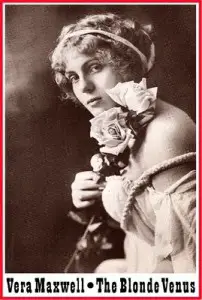
Vera Hupper Maxwell was born in New York City on April 22, 1901 and died in Rincon, Puerto Rico on January 15, 1995. She received her early education from Leonia High School, New Jersey and received formal learning of ballet in New York. She had been a member of the Metropolitan Opera Ballet from 1919 to 1924. She became famous in the 1930s as a result of her innovative designs. After accumulating experience, she founded her own company named Vera Maxwell Originals in 1947. She was awarded the Coty American Fashion Critics Award in 1953 and the Neiman Marcus Award in 1955.
2. Bonnie Cashin
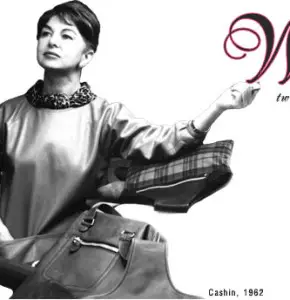
Bonnie Cashin was born in Oakland, California on September 28, 1907. She was educated at Hollywood High Scholl, Chouinard School of Art in Pasadena, and the Art Students League in Manhattan but did not receive any formal education in clothing design. Bonnie Cashin pioneered the ready-made garments, also known as ready-to-wear or sportswear in America. She treated clothing as a collage. She used high-quality materials for the high-end fashions she enjoyed. In addition to the use of leather, she used quality wool, silk, tweed, cashmere, and mohair. Mohair is a high-quality fiber obtained from the hair of the Angora goat. Mohair is 25-45 microns thick, durable, lustrous, resistant to moisture wicking which is the transference of moisture from non-absorbent fibers like nylon and other synthetic fibers to the outermost surface causing faster drying of the skin. She returned to California in 1943 and designed costumes for more than 60 movies including super hits like: Anna and the King of Siam (1946), Laura (1944), A Tree Grows in Brooklyn (1946). She returned to New York in 1949 and designed ready-to-wear clothing.
3. Anne Klein
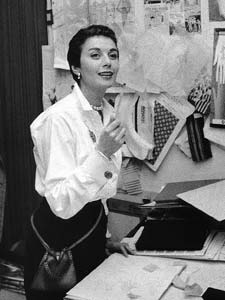
Anne Klein was born as Hannag Golofski in Brooklyn, New York on August 3, 1923. She studied at the Girls Commercial High School, Brooklyn and Traphagen School of Design, New York. She married Ben Klein in the early 1940s, and they together founded Junior Sophisticates which changed the clothing choices and styles among young American women. Klein started as a sketch designer, but after her marriage to the famous fashion designer Gunther Oppenheim, she became prominent in the fashion industry. They founded Anne Klein and Co. which revolutionized clothing for young girls by changing the traditional, little girl button and bow details to a more stylish and polished look.
4. Christian Dior
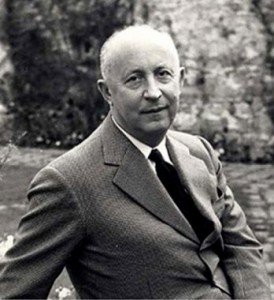
Christian Dior was born to Maurice Dior and Isabella Cardamone, in Granville, Manche, France on January 12, 1905 and died in Montecatini; Terme, Tuscany, Italy on October 23, 1957 at the age of 52. He was a French fashion designer best known for founding one of the world’s best fashion houses labeled Christian Dior. After leaving the Army, he joined the fashion houses of Lucien Lelong and Pierre Balmain who were prime designers in those days. Christian Dior was supported by a cotton fabric tycoon and founded his fashion house on December 16, 1946. Its first name was Corrole and later changed to New Look, a phrase coined for it by Carmel Snow, the editor-in-chief of Harper’s Bazaar. He used plain weave fabrics, busty bodices, hip padding, and wasp-waisted corsets. He said, ‘I have designed flower women.’
5. Maggy Rouf
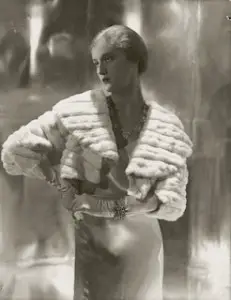
Maggy Rouf was born as Maggie Besancon de Wagner in Paris in 1896 and died on August 7, 1971 in Paris. Her parents were directors at the House of Drecoll where she started designing. Celeberires of the time like Greta Garbo, Pola Negri, and Barra wore her gowns, and that was a big contributing factor to attract the public’s attention towards her designs. Rouf’s Fashion House was opened in 1928 where she designed ready-to-wear lines. She continued with Anne Marie Besancon de Wagner after the retirement of her daughter Maggie Rouf. Paris was the capital of fashion in the 1940s where Fredrick Worth and Maggy Wagner presented new models differing, for example, in length and width of the skirts. She was awarded the Chevalier de La Legion d’honneur; Conseilleuse du Commerce Exterieur.
6. Nina Ricci
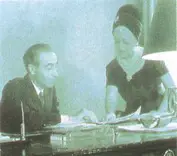
Nina Ricci was born as Maria Adelaide Nielli in Turin, Italy, in January, 1883 and died on November 30, 1970. At the age of 12 she went to France and founded her haute-couture in 1932. Her son Robert administered her fashion house for many years. The Nina Ricci brand was created by Maria and her son Robert. Currently, it is under the control of the designer Theyskens and known for its romantic designs. From 1940 to 1945, Robert developed two, best-selling signature perfumes; Couer Joie and La Du Temps under the Ricci brand.
7. Jean Desses
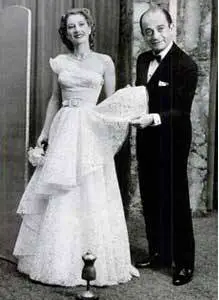
Jean Desses was born as Jean Dimitri Virginie in Alexandria, Egypt on August 6, 1904 and died on August 2, 1970. He intended to study law initially but changed his mind and started working for a Parisian couture house Maison Jane in 1937. After the World War II, he traveled throughout the world; therefore, his work was influenced by his travels. He was world famous and a leading fashion designer in the 1940s. He specialized in developing chiffon and mousse line gowns and embroidered dresses based on Greek and Egyptian styles. His clientele included the Queen and Royal Princess of Greece, Duchess of Windsor, Madame Jean (Lilia) Ralli, the first Mrs. Aristotle, and other royal couples.
8. Claire McCardell
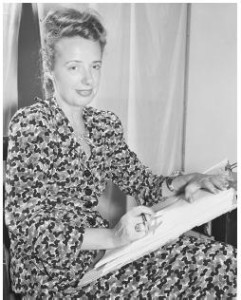
Claire McCardell was born in Frederick, Maryland to Eleanor McCardell Adrian on May 24, 1905. In her early childhood she used to cut and create dolls from the papers cut from her mother’s fashion magazines. She started sewing while she was a teenager. She was educated at Hood College in Maryland and the New York School of Fine and Applied Art. For specializing in illustration and design, Claire McCardell attended the Parisian branch of the institute and, in connection with her studies, she visited the couture houses like Madeleine Vionnet which specialized in the bias cut. There she learned about how the bias cut, which is 45 degrees warping and weft threads, facilitated elasticity and the drapeability or flexibility, and how the designers used this technique to accentuate body lines and curves and drape softly. In the 1940s, she was known for designing stylish, functional, and easily affordable mass-produced sportswear.
9. Pierre Balmain
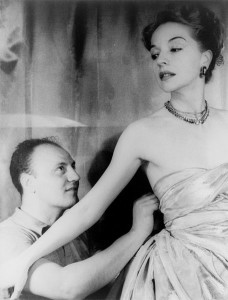
Pierre Balmain was born as Pierre Alexander Claudius Balmain in Paris, France on May 18, 1940. He studied architecture at Ecole des Beaux Arts but did not complete his studies and joined fashion designer Edward Moluneux and worked for him from 1934 to 1939. He opened his fashion house in 1945 and showcased long, bell-shaped skirts with small waistlines. This line later on became popular as ‘Dior’s New Look.’ He said, ‘Dressmaking is the architecture of movement.’
10. Jacques Fath
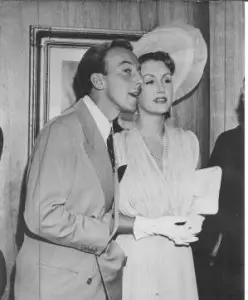
Jaques Fath was born in Maisons- Lafitte, France on September 6, 1912 and died in Paris, France in November, 1954. He is considered one of the three most famous designers of the 1940s; the other two being Christian Dior and Pierre Balmain. Fath opened his two-room salon in 1937 and shifted to Rue Francois Premier in 1940 followed by another location at
39 Avenue Pierre-ler-de-Serbie in 1944. He was a self-taught designer and taught others like Hubert de Givenchy.
Conclusion:
Fashion designing is a mercurial phenomenon, something vibrant and very alive to the currency of time, ambience, environment, season, weather, and almost every parameter that can influence human beings. Some believe in ‘When in Rome, do as the Romans do’ while there are others who consider it a personalized matter and want to be unique.








Leave a Reply